Tisch School of the Arts Study Abroad Application Interview
Should I go to art school?
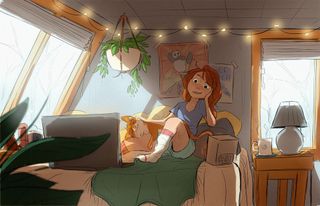
Should I get to fine art school? It's a question you'll be request yourself if you want to join a big-proper name studio, piece of work on AAA video games, blockbuster films or a groundbreaking Television series. Is a caste the best pick, or would it be improve to teach yourself through online tutorials and courses?
We've spoken to artists who have lived through that determination, and come out the other side with dandy advice on which choice might be the best one for you. Whatsoever choice you brand, though, you'll need a killer blueprint portfolio, and you might even find a dream job or internship over on our design jobs lath.
Then how practice you determine?
Usefully, Lauren Panepinto, creative director and VP of Orbit Books, has created a tongue-in-cheek flowchart that can help guide you towards an informed pick.
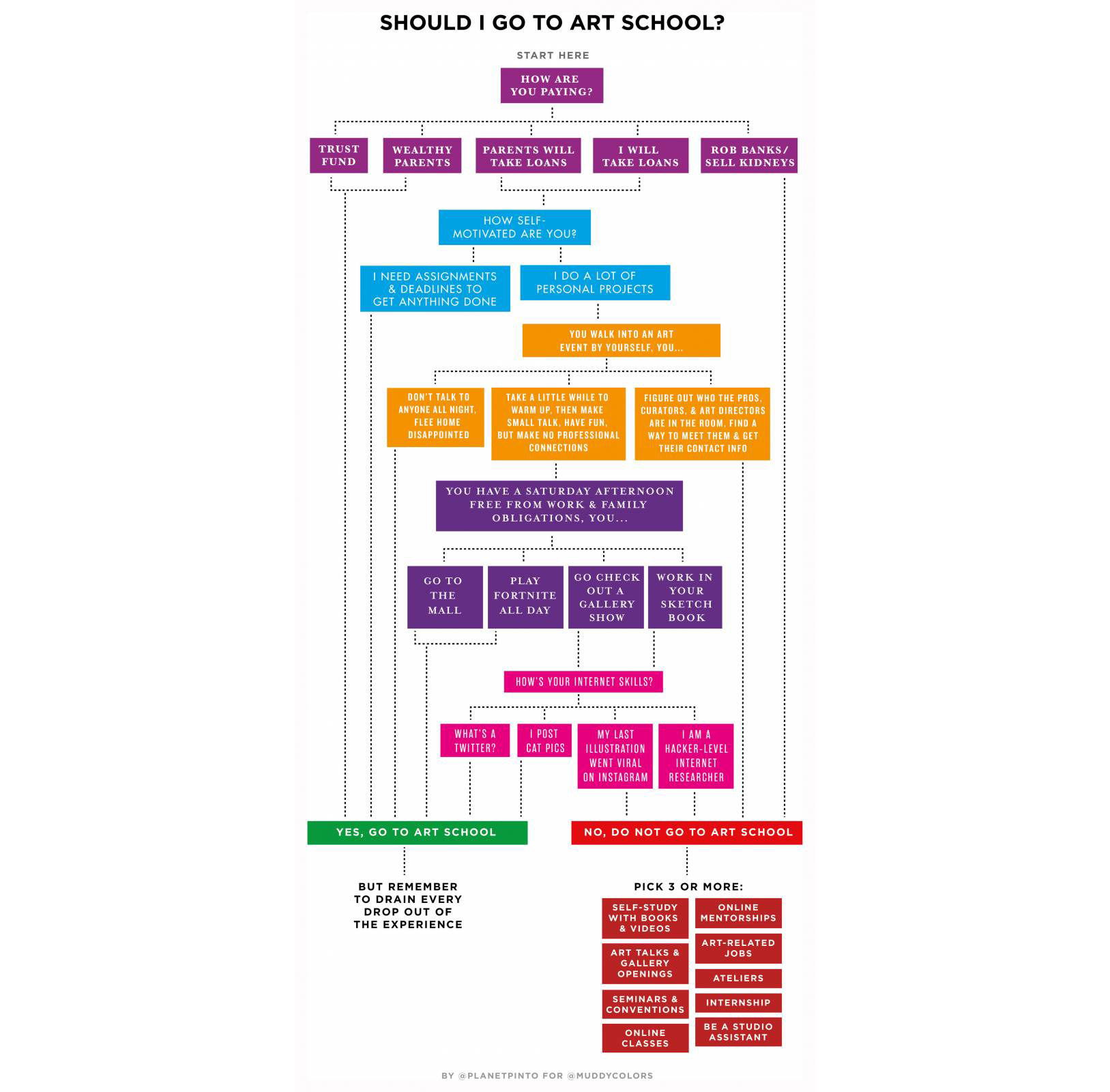
But if that hasn't quite helped you lot make up your mind for you, here are some more words of wisdom from successful artists.
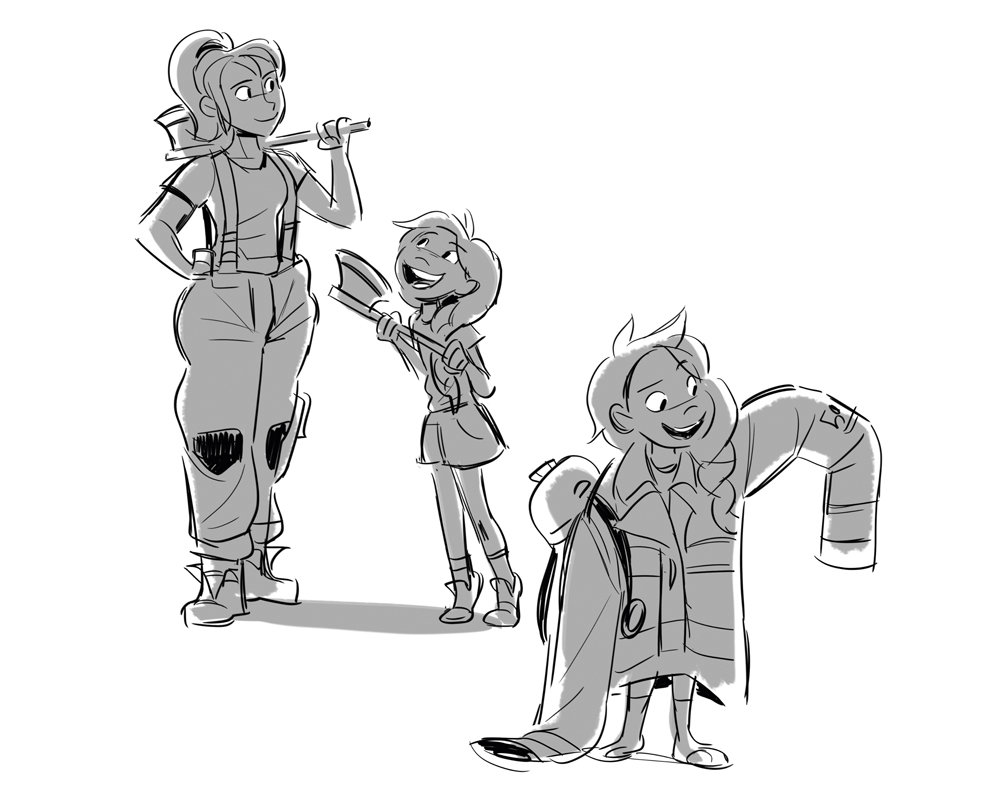
In 2016, Daniel Tal graduated with a BA in applied arts animation from Sheridan Higher in Oakville, Canada. He's since been employed as a story artist with Pipeline Studios in Hamilton, so the formal path clearly worked for him. Yet he has a startling admission. "I realised about a twelvemonth or 2 into higher that the entire curriculum, more or less, "was doable on my own," he recalls. "Almost everything school teaches you, you can larn yourself through books and the internet."
That said, Tal doesn't regret his BA. "I'yard not the type of person who can self-regulate well," he says, "and going through a formal programme forces you to avoid procrastination." It also exposes you to things you might not have considered. "I simply found interest in storyboarding in my second year of college," says Tal. "Had I not gone, I don't think I would have ever tried it."
Schoolhouse doesn't have information technology all
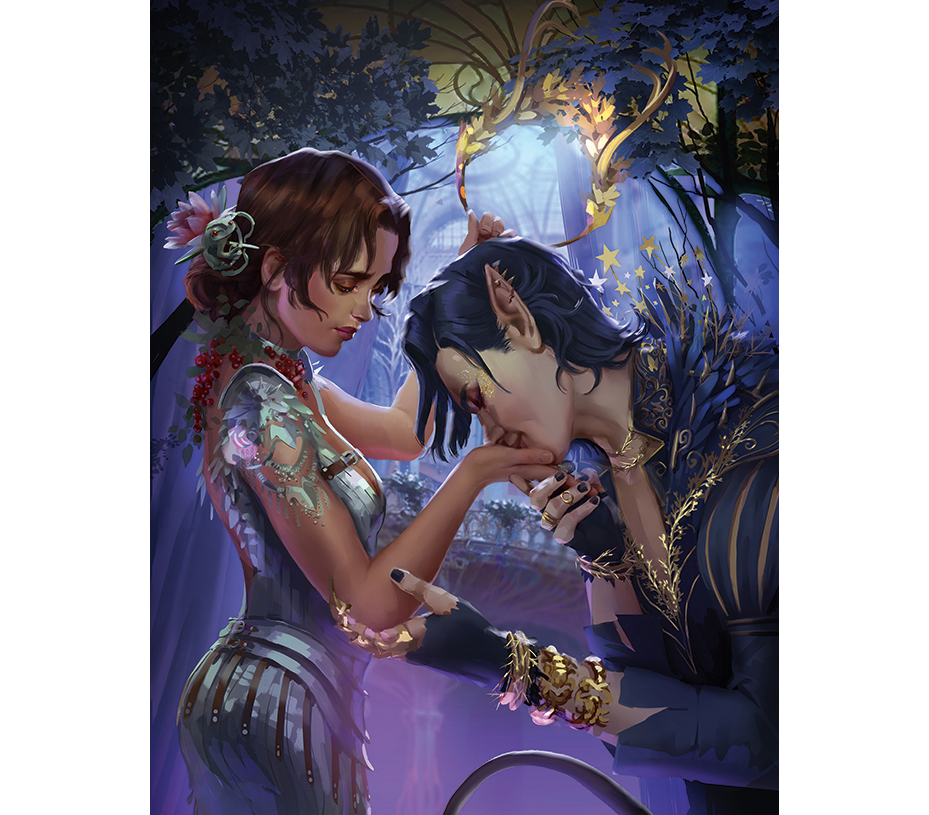
Not all courses are perfect, of course. Mélanie Bourgeois, now a concept artist for Volta, had a less-than satisfactory feel studying 2nd and 3D animation at a university in Quebec. "I was function of the first cohort, so a lot of things moved around when I attended," she says. "None of the teachers were 2D animators, and while they were very nice, none of them had the skills to mentor a student easily-on when information technology came to 2D." Consequently, Bourgeois had to fill in the gaps herself, using online learning resources. Nonetheless she's unsure how well she'd have coped if she'd self-taught entirely. "School helped me focus; I might have found it overwhelming all on my own," she says.
"Online learning also doesn't provide the aforementioned level of contacts and networks, or forcefulness you to consume civilisation outside your personal tastes." The choice largely depends, Bourgeois feels, on the private. "I know many successful artists who are self-taught," she says. "And no i is going to turn downwards a skillful creative person considering they don't have a piece of paper."
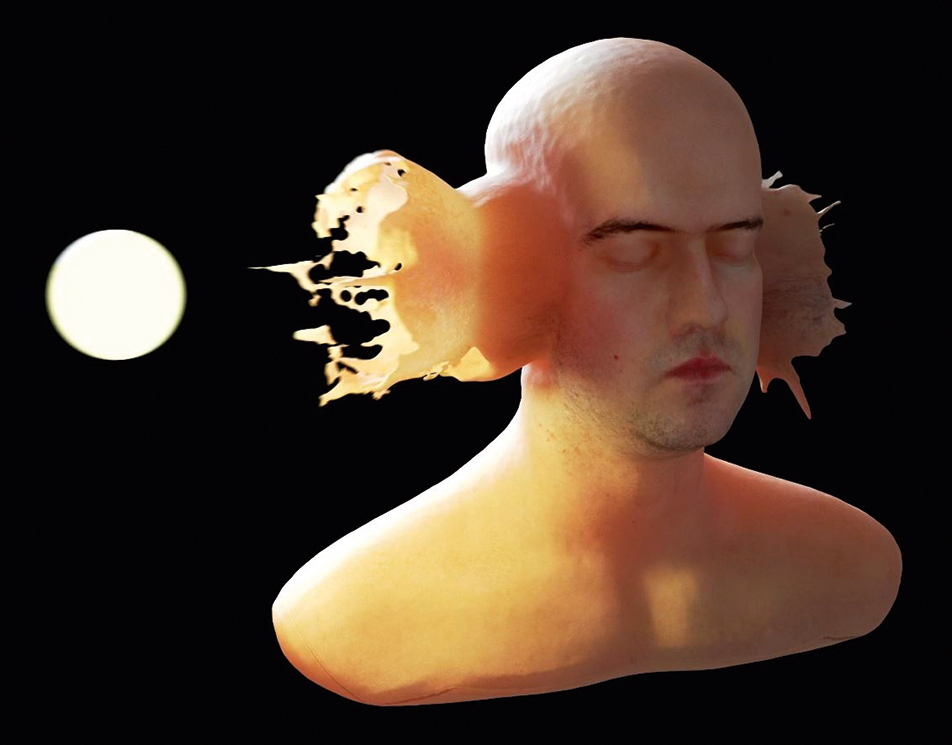
But if both paths are valid, which is right for you? "It's a very tough decision, with many factors to consider," says Nick Fredin of online class provider CG Spectrum. A major i is cost: "In the US, degrees tin cost over $100,000, with no guarantee of a chore at the cease of it." Going it lonely, though, can be daunting. "Without structured pathways guiding you towards your goals, self-pedagogy can be overwhelming and frustrating," he cautions. "Opening a tool like Maya for the offset time can be pretty scary."
Student debt can be a factor
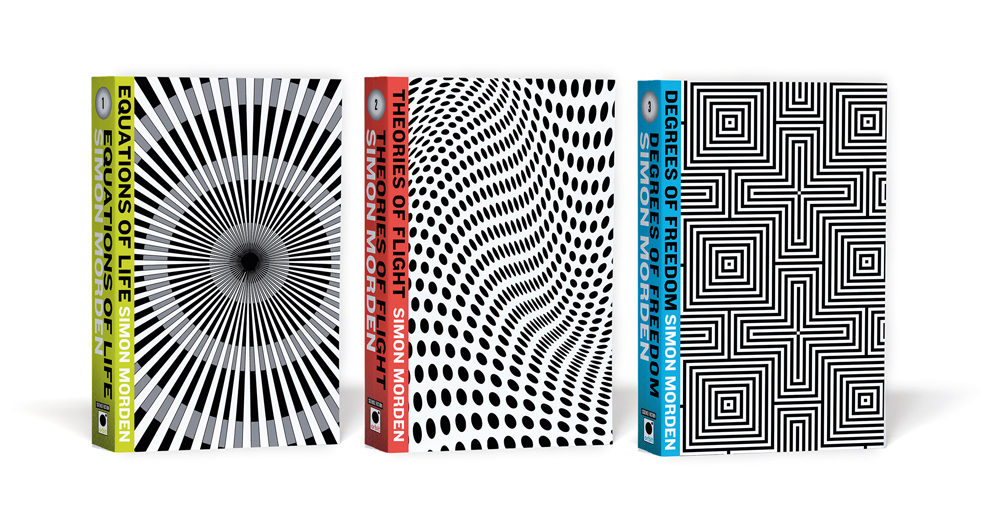
And then what's Panepinto's personal take? "I'm glad I went to fine art school," she says. "But if I had to do it again, and go into deep debt as a result, I probably wouldn't. I'd become to a community college, get a cheaper, well rounded degree, and report fine art on the side. I'd use the coin I'd saved to travel to seminars and conventions, and accept online mentorships."
You'd might wait Sean Andrew Murray – a concept artist for the entertainment industry who as well teaches Analogy at Ringling College of Fine art and Design in Florida – to disapprove of self teaching. Only he, also, can see the benefits. "It enables you to craft exactly the kind of instruction you want, without all of the stuff y'all don't," he says.
"Yous tin can learn at your ain step, whether that's slow and steady – perhaps while working another job – or rapidly, to become into the field quicker than the standard 4 year higher pedagogy program."
Building a network
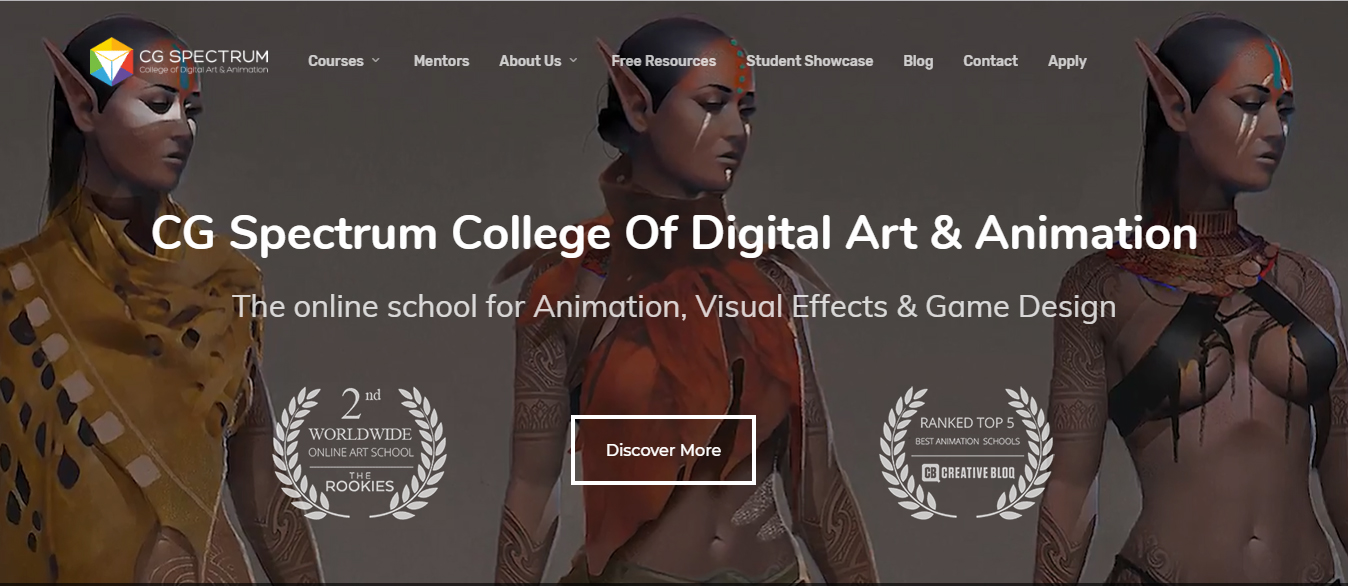
Ane big disadvantage, though, is that it'll probably exist harder to build your network.
"The all-time schools connect students with a network of professors – many of whom may be industry pros themselves – besides as advisers, visiting artists, networking and recruiting events, and also other students, who deed as your support organisation for years to come," Murray says.
In truth, though, for most students it'south non a case of choosing betwixt two directions, but a mixture of both. Those in academia will supplement their courses with online learning, while going the self-teaching route doesn't necessarily hateful taking a scattergun, isolated approach. Some online courses are pretty close to those offered by traditional universities. Take CG Spectrum, which offers courses in animation, VFX and game blueprint.
"We offer specialised online instruction taught by laurels-winning mentors who are working in the manufacture, so you're existence taught past the very best." says Fredin. "Our courses are congenital with input from major studios, so you lot graduate with the skills that employers are hiring for. We cut out all the noise and but teach what'south industry-relevant, so students aren't wasting their hard-earned money."
A virtual classroom
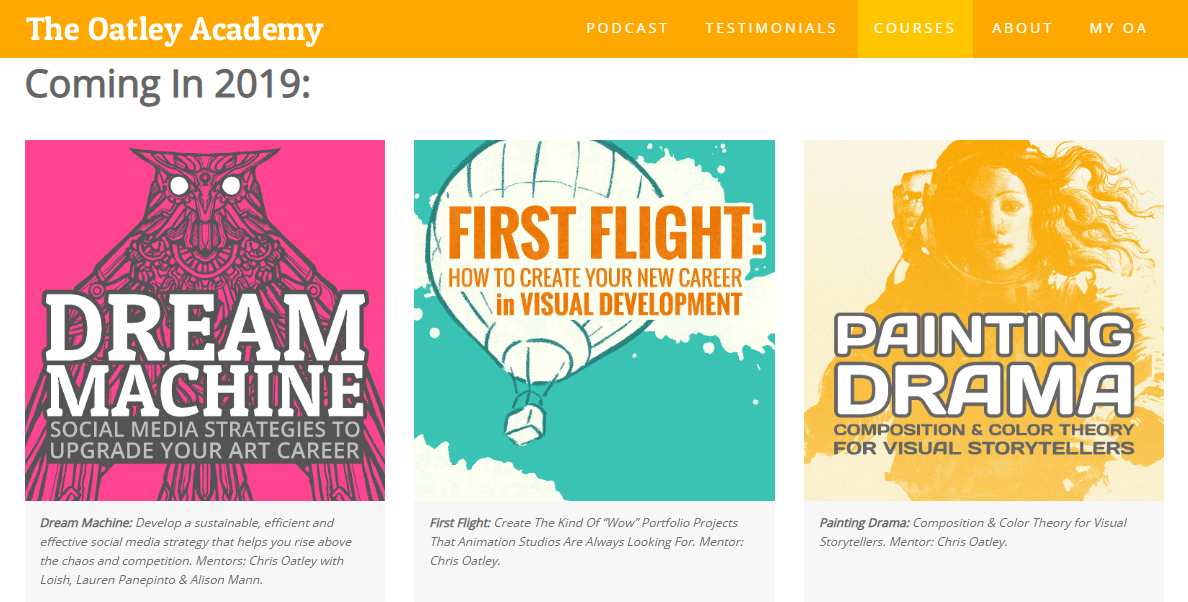
The Oatley Academy of Visual Storytelling, which helps artists farther their careers in animation, analogy, games and comics, takes a similar line. As its founder, Disney artist Chris Oatley, says: "Although we're an online school, we offer real-time mentorships, where you work with the instructor and your fellow classmates in a virtual classroom setting, simply like you would in a physical school. To me, 'Concrete or online?' is non the question. The question is: 'How effective is the education?'"
In general, Oatley recommends what he calls a "Frankenstein arroyo" to art education. "Seek out the all-time teachers – whether online or offline – and larn from them," he advises. "Information technology actually can be that unproblematic… and far more affordable."
This commodity was originally published in ImagineFX , the world's acknowledged magazine for digital artists. Subscribe to ImagineFX .
Read more than:
- How to pause into pixel fine art
- How to get a design job: 7 skilful tips
- Design jobs: find your dream role with Artistic Bloq
0 Response to "Tisch School of the Arts Study Abroad Application Interview"
Post a Comment